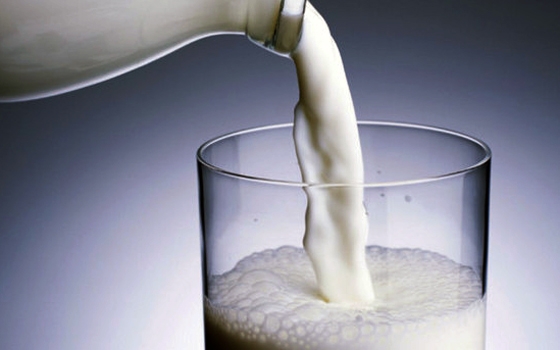A surge in production or tough economic conditions in key demand regions are the largest threats to high global dairy prices, Dairy Australia's Situation and Outlook update said, noting a 29 percent jump in farmer confidence, compared with the previous survey in February.
The confidence lift was based on improved farmgate prices, a better season and a lower Australian dollar.
Dairy Australia analyst Norman Repacholi said elevated commodity prices could encourage production growth in major markets such as the US and New Zealand.
Year-to-date US production has increased 0.6 percent.
Global dairy exports to South-East Asia increased 2 percent compared with this time last year, with exports to Indonesia rising 13 percent to 109,000 tons, according to the report.
Exports to Singapore increased 2 percent to 85,000 tons, and global dairy exports to UAE increased 22 percent to 72,500 tons and Saudi Arabia an increase of 9 percent to 100,000 tons for the first quarter of this year.
Despite persistent unrest in parts of the Middle East, dairy imports during 2012 were stable at 1,479,000t.
Syrian and Saudi Arabian dairy imports decreased by 42 percent and 13 percent, respectively. Though Syria is a small importer, Saudi Arabia is consistently the largest importer in the region.
However, strong import growth in Iran, Iraq, Bahrain and the United Arab Emirates was enough to offset the drop in imports from the KSA.
Egypt is another important global dairy market that has maintained dairy import volumes despite civil unrest. Egyptian dairy imports during 2012 increased 9 percent to 205,000t compared to 2011. Butter imports increased 29 percent to 38,300t while SMP imports increased 16 percent to 57,500t.
Algeria, one of the world's largest milk powder importers, has actively worked to reduce its reliance on dairy imports. As a result imports have decreased 20 percent by volume in 2012 compared to the previous year.
Algeria reduced WMP imports by 32 percent to 136,000t and SMP imports by 13 percent to 108,000t.
Repacholi said any New Zealand milk production increase would be felt on the world market quickly because the nation exports 95 per cent of its supply.
The US exported 16 percent of its milk production last year.
The elevated farmgate price could also be threatened by economic factors such as financial problems in Thailand, which could undermine demand from Thailand and neighboring countries.
In the domestic market, the report highlighted that the branded milk "bounce-back" was fading slightly.
Data from the past three months indicate branded milk sales in supermarkets have decreased from the high of 43 per cent in July last year back to 40 percent recently.
Cheese volumes also increased by 1.6 percent, but the value of cheese only increased 1 percent.
The report also showed the number of live dairy cattle exported increased 34 percent to 87,310 head in the 12 months until June.
The Saudi Gazette
12 September























































